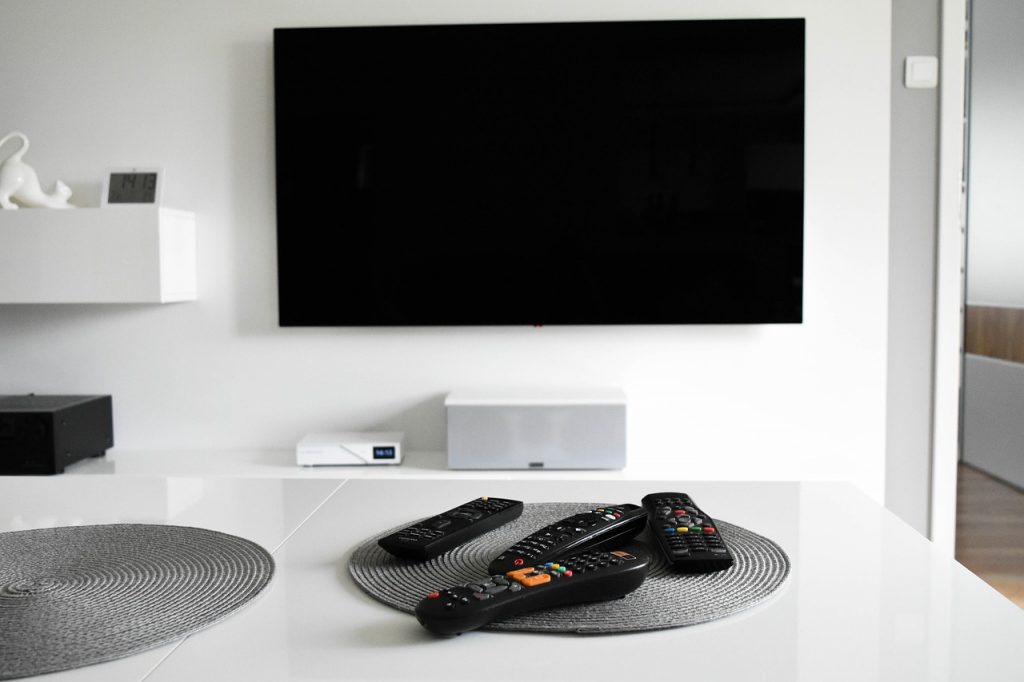In 2023, Samsung’s QD-OLED technology marked a significant shift in the TV industry, notably challenging traditional OLED displays. The Samsung S90C, an affordable entry-level QD-OLED model, emerged in 2022, altering the landscape of display technology. It swiftly garnered acclaim, securing the title of TV of the year at the TechRadar Choice Awards 2023, reinforcing its position among the finest TVs available.
Its upscale counterpart, the Samsung S95C, received accolades as the ‘best premium OLED’ due to its exceptional picture quality, extensive gaming features, and a competitive price point, rivaling standard OLEDs.
Conventional OLED TVs excel in delivering near-perfect images, courtesy of OLED panels renowned for their exceptional contrast, deep black levels, vivid colors, and true-to-life textures achieved through self-dimming capabilities. However, a key limitation of regular OLED, known as W-OLED, was its struggle with brightness. Bright rooms necessitated additional measures, like installing blinds, to optimize the viewing experience.
The game changed with Samsung’s introduction of QD-OLED, uniting OLED and Quantum-dot technology in 2022. This amalgamation of Quantum-dot brightness, a standout feature of Samsung’s QLED TVs, with OLED’s contrast revolutionized the viewing experience. The Samsung S90C and Samsung S95C, launched in 2023, further refined this technology. Sony also embraced this innovation, debuting its premium QD-OLED TVs – the Sony A95K and Sony A95L.
While conventional OLEDs persisted due to their affordability, Samsung disrupted the market equilibrium with the S90C, which undercut competitors, including the LG C3, in pricing. This pivotal shift cast a shadow over traditional OLEDs, raising questions about their future relevance.
The solution came in the form of micro-lens-array (MLA) technology, presenting a lifeline for conventional OLED displays aiming to retain their competitive edge amidst the QD-OLED surge.


